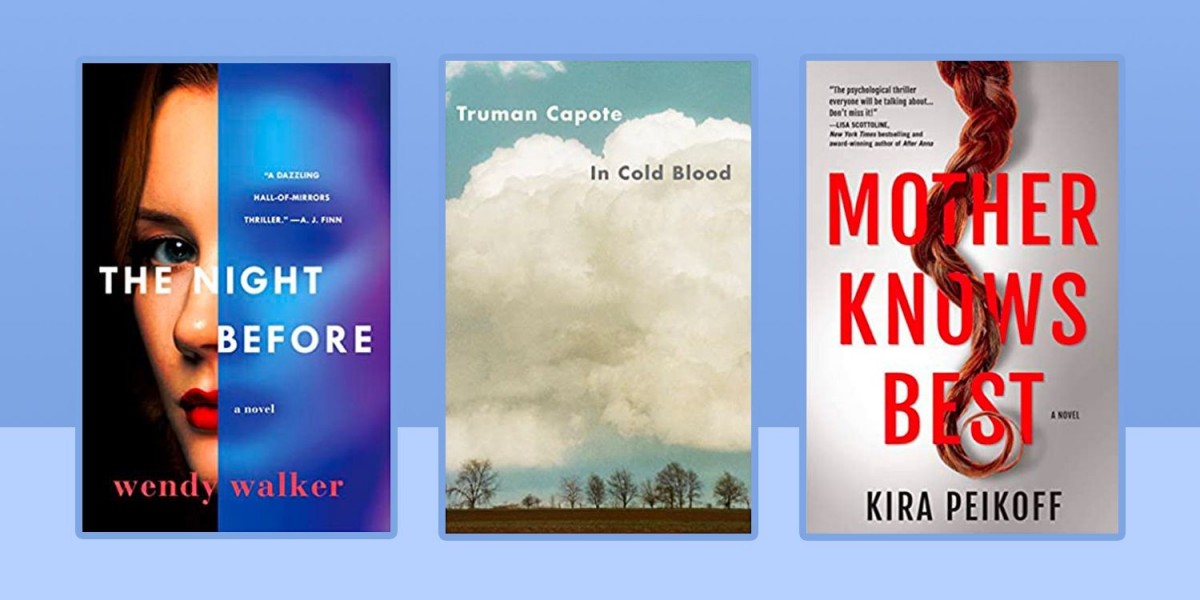A captivating mystery novel thrives on two essential elements: well-placed clues and unexpected twists. These components keep readers engaged, making them feel like active participants in solving the puzzle. Whether you're writing a classic detective story or a psychological thriller, understanding how to balance clues and twists is key to creating a compelling narrative.
The Importance of Clues
Clues are the breadcrumbs that lead readers through the mystery. Each clue should feel like a natural part of the story, not something forced or overly obvious. A good mystery book offers clues that are subtle, making the reader think. These clues should be placed carefully throughout the plot, revealing just enough to keep the reader intrigued without giving away the ending too soon. The best clues often have dual meanings, only making sense in hindsight after the twist is revealed.
Mastering the Twist
A great twist is the moment when everything changes. It's that unexpected turn in the story that makes the reader gasp and rethink everything they've read. To be effective, a twist must feel surprising yet logical. It should be shocking, but still believable within the context of the story. A well-designed mystery book cover can reflect this, hinting at hidden secrets or dual realities within the narrative.
Designing for Mystery
The right book cover design can set the tone for the mystery, drawing readers in with subtle hints of the story's suspense. A good mystery book cover design often uses dark tones, enigmatic imagery, and symbols of secrecy to evoke curiosity. This visual cue adds to the allure of the novel, promising readers an intricate web of clues and a jaw-dropping twist.



